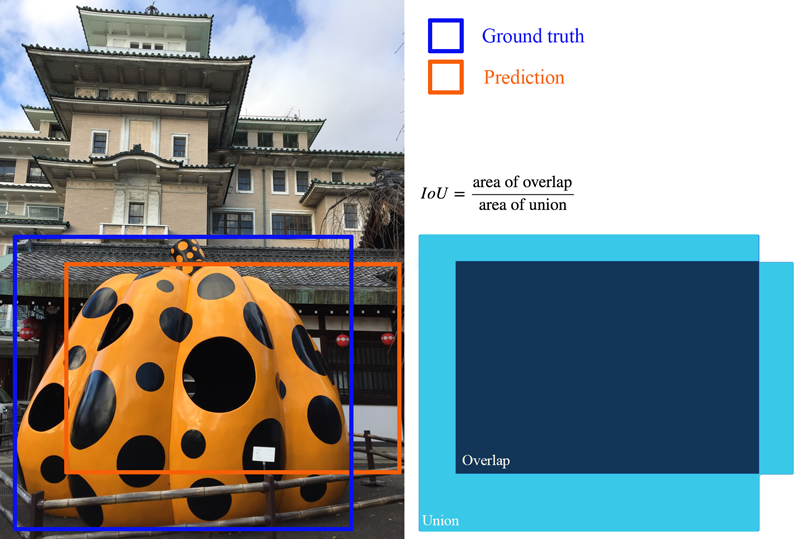To characterize the interference specificities of PspCas13b and LwaCas13a, we designed a plasmid library of luciferase targets containing single mismatches and double mismatches throughout the target sequence and the three flanking 5′ and 3′ base pairs
To figure out how specifically the Cas13 orthologs would target RNA, they created a "library" (collection) of sequences with one or two mutations in the gRNA target site for the Gluc gene. The idea was to see how different a sequence could be and still be recognized by the nuclease.
Remember that the goal is to find a highly specific nuclease. This means that ideally the nuclease would not recognize sequences with mutations.

